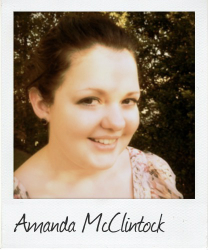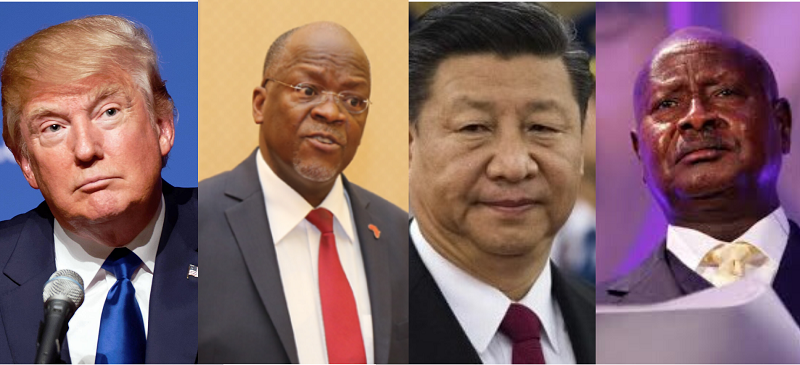"The White Australia Policy was a low point in my country's history"
July 9th, 2011 State police in Australia were last week given powers to remove the veil from Muslim female crime suspects. Amanda McClintock, an 18-year-old Commonwealth Correspondent from Queensland, examines the roots of intolerance in the Pacific country.
State police in Australia were last week given powers to remove the veil from Muslim female crime suspects. Amanda McClintock, an 18-year-old Commonwealth Correspondent from Queensland, examines the roots of intolerance in the Pacific country.
I walked into the lunchroom at work not too long ago to hear a few of my colleagues discussing a recent news story.
The gist of it was that a woman wearing a burqa walked away from a possible sentence because the judge ruled that there could be no certainty over the woman’s identity, as the police had not seen her face when she was interviewed.
This has sent the country into a debate over fingerprinting women who wear burqas to avoid such discrepancies in the future. Just last week police in New South Wales were given more powers to remove burqas – and other face coverings – to identify crime suspects.
Now anyone in the state who refuses to show their face may be jailed for as much as a year or could face a heavy fine.
In the conversation between my colleagues, debate turned to whether it is right that women should be able to wear their burqas in Australia at all. Before I knew it they were saying that if Muslims and Middle Eastern people did not want to conform to Australian customs then they could “get out and go home! All we want is peace and these people just want to cause trouble. Go home I say!”
And they say that Australians are tolerant and accepting.
After this conversation I was left reeling. I couldn’t believe that in this day and age people could be so intolerant of other people. It did however get me thinking. Are Australians really as tolerant as they say they are? Are the thoughts of anti-immigration politicians such as Pauline Hanson still prominent? And where does it all stem from?
In 1901, the White Australia Policy was introduced by the Barton government. Immigration had increased due to the gold rush and there were significant labour disputes as a result of the booming sugar-cane industry in Queensland, all of which led to racial antagonism in the new Australian Federation.
The idea of the policy was to keep white people in and everyone else out. For quite some time, these white people were limited to the British only. Racism was high and anyone who didn’t ‘fit the bill’ was ostracised or not allowed in the country.
After World War II the government opened up immigration to Europeans in an effort to increase the population, using the popular slogan ‘populate or perish’. This was the first major move in abolishing the White Australia Policy.
It wasn’t until 1973 however that any real changes were made to the policy when the Whitlam government made a series of alterations to let anyone – regardless of culture or skin colour – apply for citizenship in Australia.
For many people, this was an unpopular move. However, it seemed, on the surface at least, that this type of racial discrimination was over in Australia. Or at least until Pauline Hanson stepped onto the scene. Pauline Hanson was the leader of the One Nation political party which was started in April of 1997.
In her maiden speech she stated that “I want our immigration policy radically reviewed and that of multiculturalism abolished. I believe we are in danger of being swamped by Asians.” Whilst this seems very radical, she represented the views of a lot of Australians, which is the saddest part. She gained popularity and the One Nation party ended up gaining 22% in the polls.
However, after her defeat in the 1998 election this dropped to only 5% by 1999. Since then, there has been a lot of controversy surrounding her policies and opinions.
What I never realised, probably because I was only 7 in 1999, is how prominent racism is in this country. I never comprehended how many average Australians are against immigration and how intolerant we are as a whole. Personally, I believe that multiculturalism is a good thing and that we have a responsibility to be tolerant to others.
What good could possibly come from being racist and holding these views. We need to accept everybody – regardless of where they are from or what their skin colour is. This poses the question, however: are Australians as tolerant as we like to be portrayed?
The White Australia Policy, in my opinion, was a low point in Australia’s history and in many ways, these opinions haven’t changed very much. There needs to be a change in the way that we see others, and ourselves.
Instead of thinking “it’s our country, why should we have to adapt to fit other peoples’ culture or religions?” we should be thinking “we have an opportunity to make other people feel at home and give other people the experience of living in the free country that is Australia.”
We need to take responsibility for our actions and realise that there are more important things in life than ourselves. We need to stop stereotyping people because of religion or culture and give each person the chance to be their own person and make their own choices.
Racism and racist attitudes will never get us anywhere. And let’s be honest, it’s immature! Grow up, Stand up and Speak up. For equality, for acceptance and for a better future.
…………………………………………………………………………………………………………………
Opinions expressed in this article are those of the author and do not necessarily represent the views of the Commonwealth Youth Programme. Articles are published in a spirit of dialogue, respect and understanding. If you disagree, why not submit a response?
To learn more about becoming a Commonwealth Correspondent please visit: http://www.yourcommonwealth.org/submit-articles/commonwealthcorrespondents/



